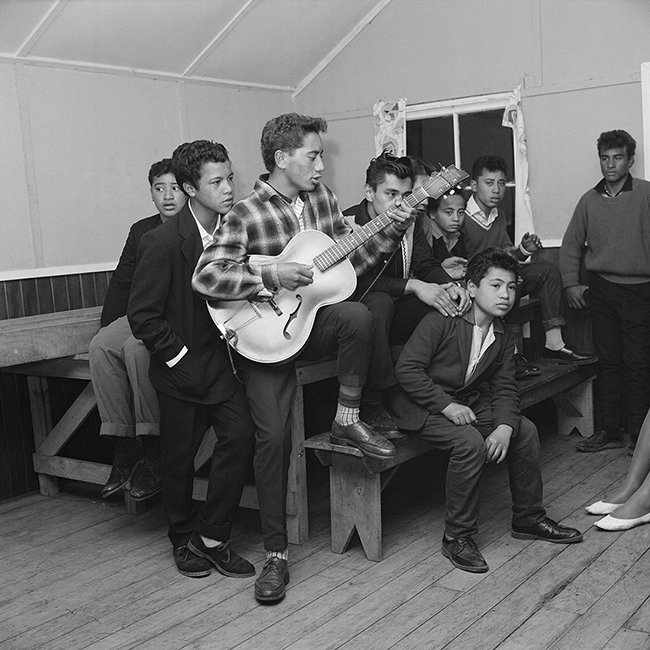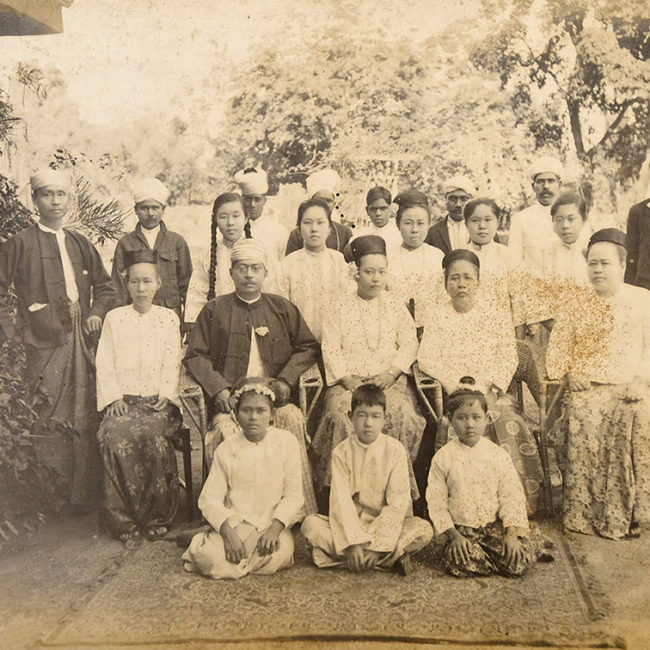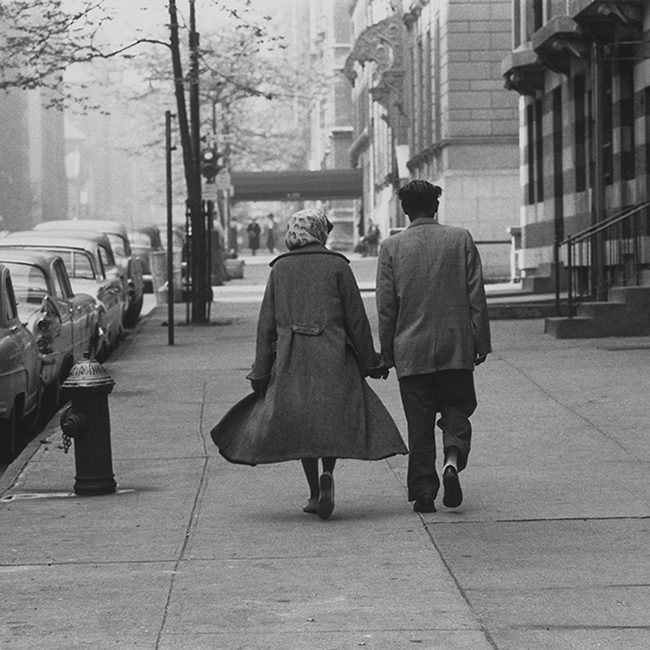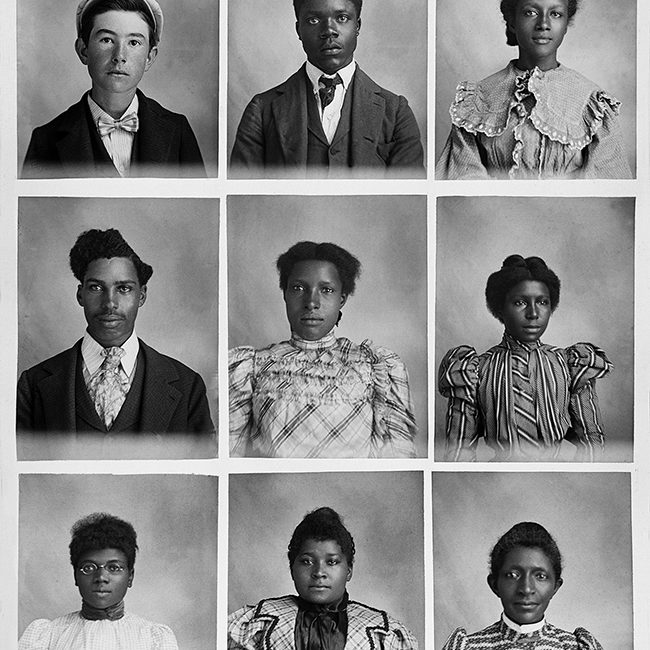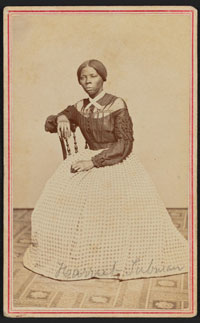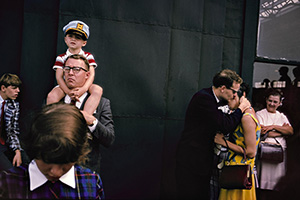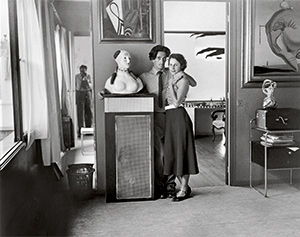In 1967, György Kepes founded MIT’s Center for Advanced Visual Studies (CAVS), the influential laboratory for interdisciplinary art practice and artistic research. A new show at the MIT Museum—the first in a two-part series—explores Kepes’s experimental output as a photographer. “György Kepes Photographs: From Berlin to Chicago, 1930-1946,” on view until March 5, 2018, presents more than 70 of his images, many of which have never been shown or printed before. (A later show at the museum explores his work during the years he spent at MIT, from 1946 to 1974.)
Kepes was born in Hungary and trained as a painter in Budapest in the 1920s, where he became interested in the avant-garde, filmmaking and the visual representation of motion. In 1930, Bauhaus professor and fellow Hungarian László Moholy-Nagy invited Kepes to move to Berlin; Kepes then to follow him to Chicago, where he taught at Moholy-Nagy’s New Bauhaus and the School of Design. In 1944, he published a book, Language of Vision, one of the first to be used as a college textbook on the theory and practice of design and design education. After teaching at Brooklyn College, Kepes came to MIT, where he was the first artist on staff.
The photographs in the show include oblique-angle street views and nighttime neon studies from the 1930s, which focus on long shadows and odd perspectives. Images from the late 1930s and beyond show Kepes’s growing interest in experimentation and abstraction in the darkroom, interests he shared with Moholy-Nagy. Kepes’s photographs, photomontages and photograms attest to his curiosity about the medium’s expressive potential when stripped to its most basic elements.
While Kepes’s work as a writer and educator have been long celebrated, the show offers a better understanding of his work as an artist. The exhibition “will greatly enhance our understanding of Kepes’s contribution to twentieth century photography, particularly by exhibiting work that has never been seen publicly and has been unknown in the history of photography,” says Gary Van Zante, curator at the MIT Museum, in a statement. “This previously unknown work also greatly expands our knowledge of an exciting period of photography before World War II,” he says, at a time when Moholy-Nagy and Kepes were pushing the boundaries of the medium.
Related Stories:
Massive Moholy-Nagy
Picturing the Invisible
Beyond the 2D Print: Klea McKenna’s Experimental Photograms (for PDN subscribers; login required)
